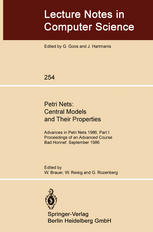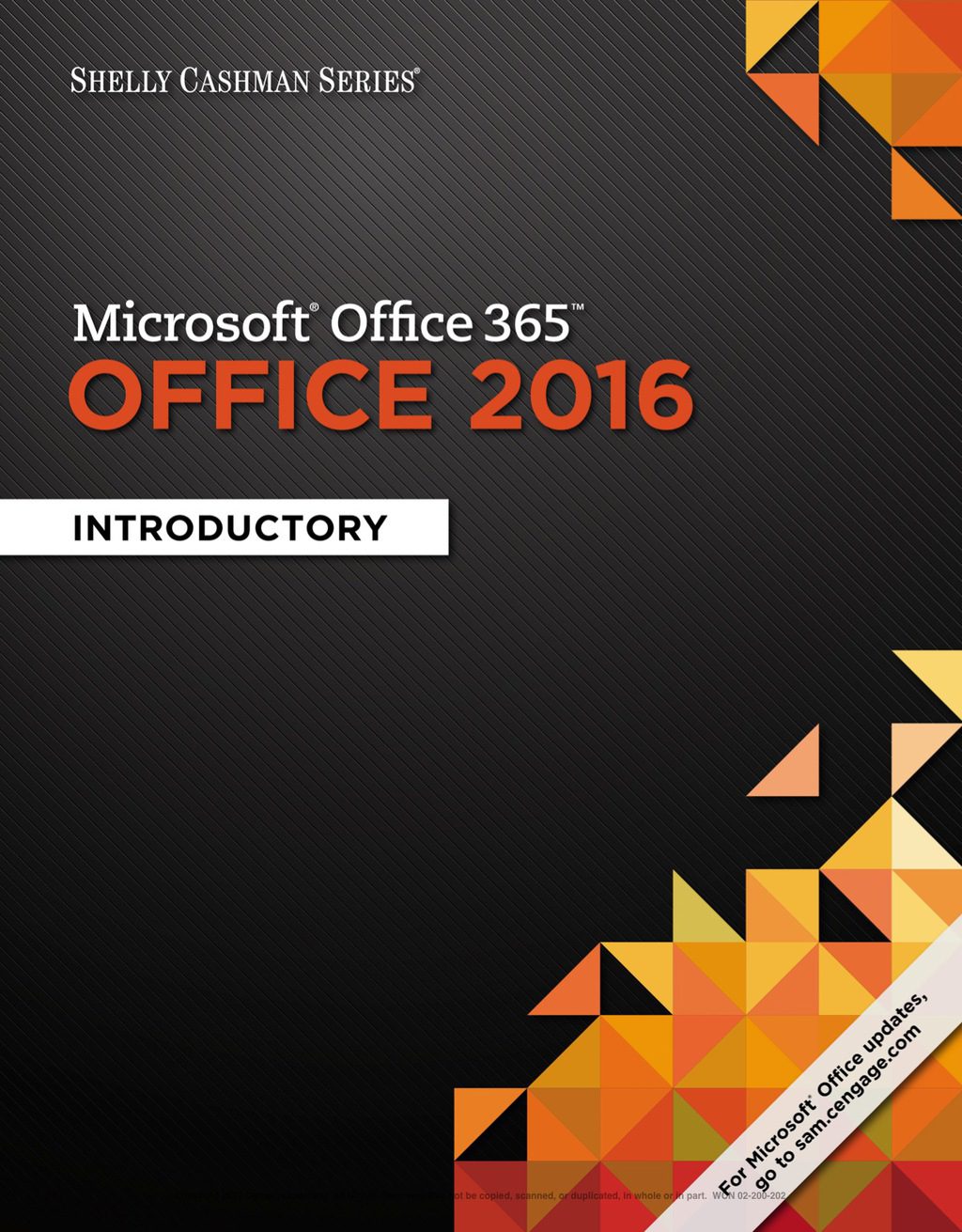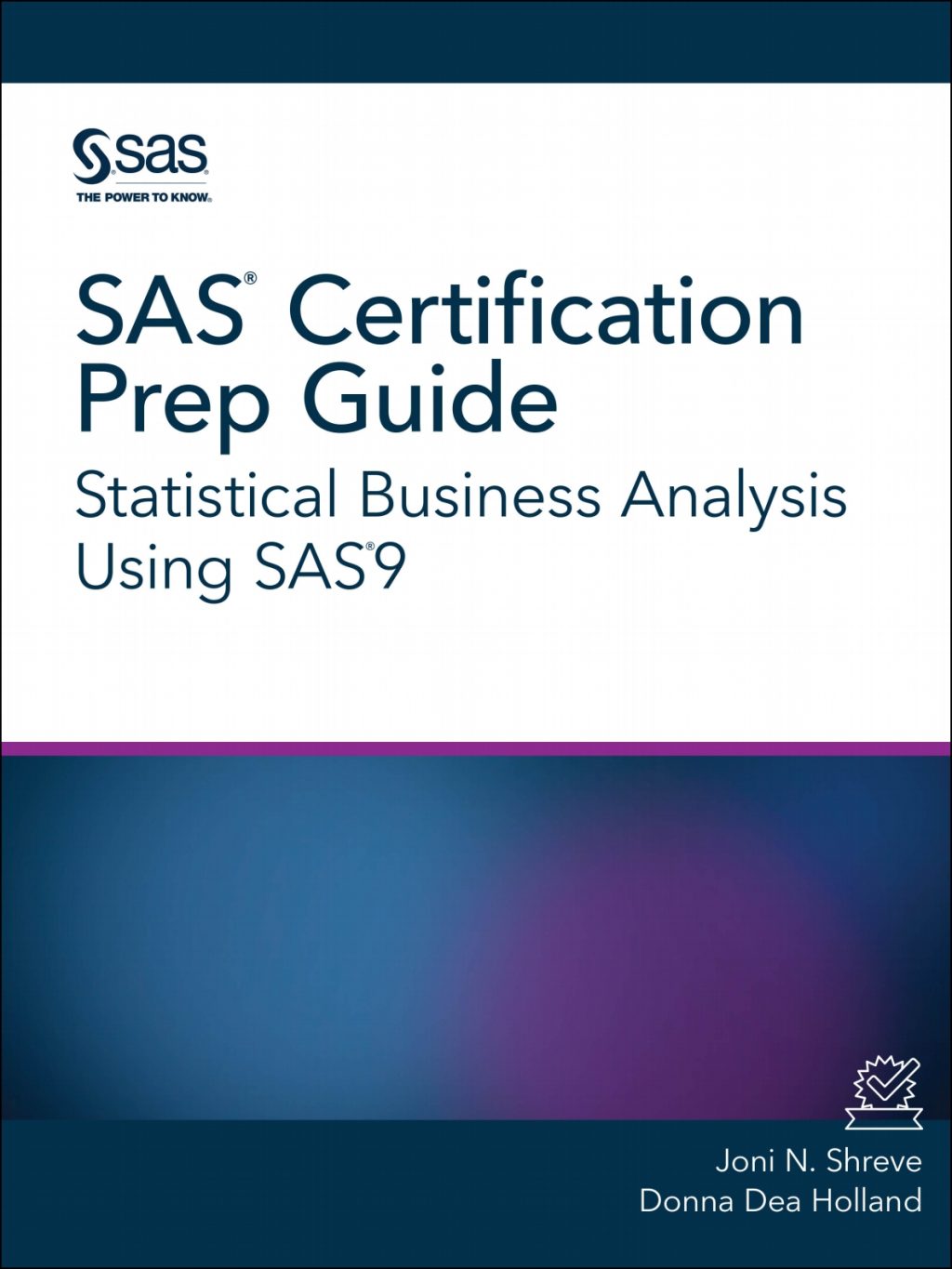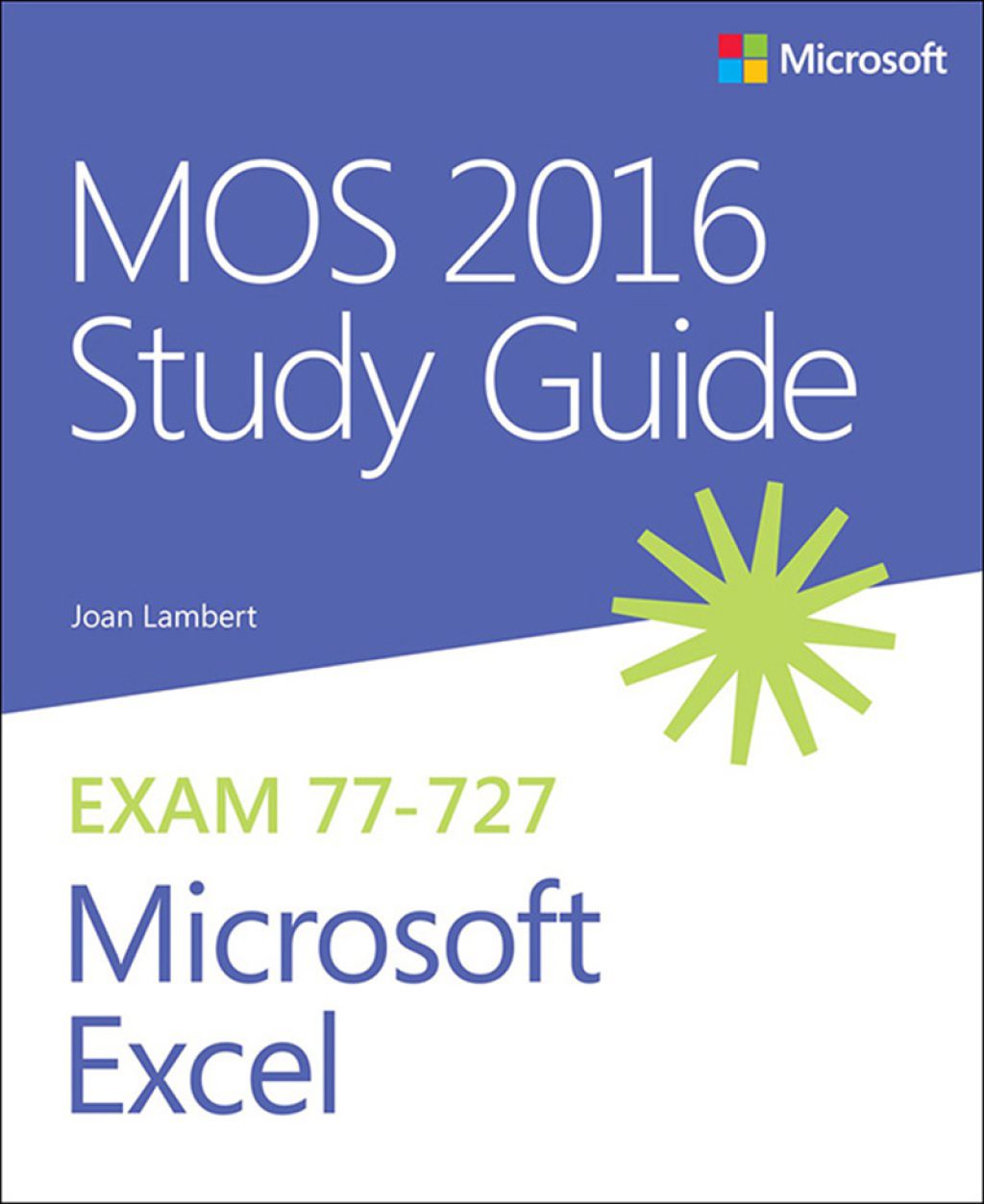W. Brauer, W. Reisig, G. Rozenberg (auth.), W. Brauer, W. Reisig, G. Rozenberg (eds.)9783540179054, 3540179054, 0387179054, 9780387179056
Petri Nets represent a long and sustained effort· to develop concepts, theories and tools to aid in design and analysis of concurrent systems. They are used in many areas of computer science including software engineering, data base and in formation systems, computer architecture and operating systems, communication protocols and computer networks, process control, and socio-technical systems such as office communication and man-machine interaction. Quite substantial theory has been developed for Petri Nets. It reflects all major problem areas of concurrent distributed systems and covers many successfully applied principles and analysis techniques for systems organisation. Since the time that C. A. Petri has presented his original ideas, a rich body of knowledge has been developed-a recent bibliography (in Advances in Petri Nets 1981) includes more than 2000 entries. Already in 1979 an Advanced Course on Petri Nets was organized in Hamburg, West Germany, aiming at systematizing the existing knowledge and making it well accessible to a wide audience of computer scientists interested in theory and applications of concurrent systems. This course has turned out to be successful in the sense that it has initiated a lot of new research into applications and theory of Petri Nets. This had led to· another Advanced Course in 1986 in Bad Honnef, West Germany – where during two weeks more than 30 lectures were presented covering the most important current developments in the area of Petri Nets. |
Table of contents :
Front Matter….Pages N2-X
Introduction to Part I….Pages 1-1
Front Matter….Pages 3-3
Concurrency Theory….Pages 4-24
Front Matter….Pages 25-25
Elementary Net Systems….Pages 26-59
Behaviour of Elementary Net Systems….Pages 60-94
Non-Sequential Processes….Pages 95-115
Front Matter….Pages 116-116
Place/Transition Systems….Pages 117-141
Linear Algebraic Techniques for Place/Transition Nets….Pages 142-167
Structure Theory of Petri Nets: the Free Choice Hiatus….Pages 168-205
Front Matter….Pages 206-206
Predicate/Transition Nets….Pages 207-247
Coloured Petri Nets….Pages 248-299
Analysing Nets by the Invariant Method….Pages 300-336
Front Matter….Pages 337-337
Synchronic Distance….Pages 338-358
Transformations and Decompositions of Nets….Pages 359-376
Infinite Behaviour and Fairness….Pages 377-396
Language Theory of Petri Nets….Pages 397-412
Complexity of Place / Transition Nets….Pages 413-434
Front Matter….Pages 435-435
FIFO — Nets….Pages 436-459
Stochastic Nets and Performance Evaluation….Pages 460-478
Back Matter….Pages 479-481 |







Reviews
There are no reviews yet.